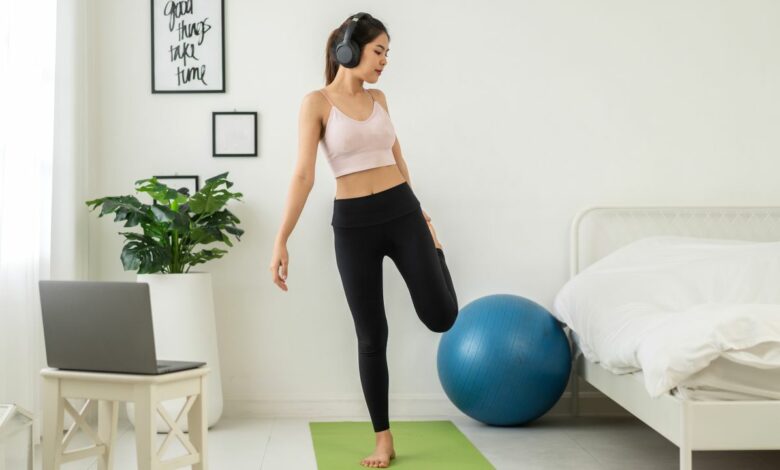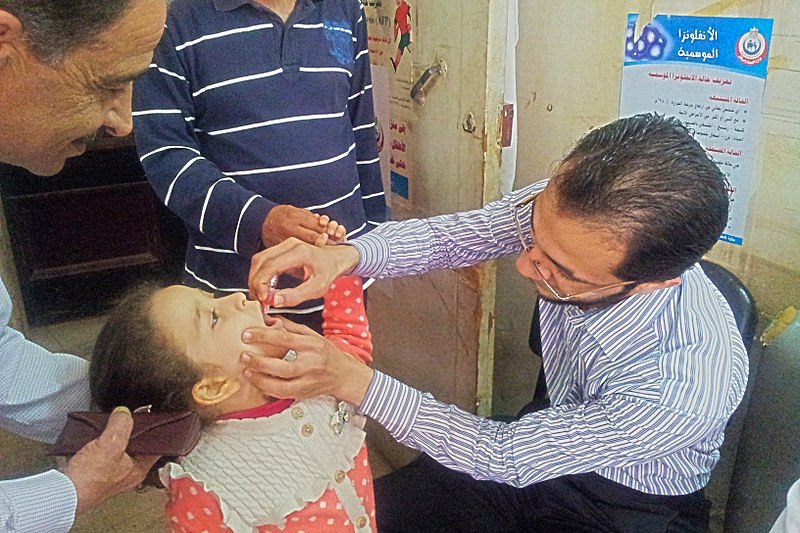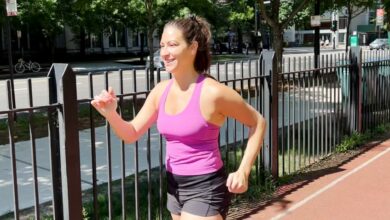
Older adults are most affected by poor balance. Falls are the leading cause of injury and death for those 65 and older, with nearly 30% in this age group reporting at least one fall in 2018, according to the US Centers for Disease Control and Prevention. But younger adults frequently stumble, too.
Forty-eight percent of young adults reported falling at least once during one 16-week study. The tumbles most commonly occurred during walking and sports activities, with female participants in the study reporting more falls and fall-related injuries than males.
Falls within the previous two years were reported by 18% of young adults (ages 20 to 45) in another study published in the journal BMC Public Health. That figure compared with 21% of middle-aged adults (46 to 65) reporting falls and 35% of those over 65. While falls among young adults often correlated to participation in sports, stumbles by the middle-aged group were typically related to health issues and physiological changes.
Many factors can affect your balance outside of age, such as medication, vision changes, neuropathy of the feet, brain injuries, obesity and a general lack of physical fitness. Even if you have no risk factors, simply neglecting to work regularly on your balance will result in increased instability.
“Our body is conditioned to lose what we don’t regularly use and practice, and balance is no different,” said Susan Baxter, a physiotherapist in Melbourne, Australia, via email.
Evaluating and improving balance
To see if your balance is on the shaky side, here are three tests you can try. Before doing so, make sure you’re in a safe environment in case you fall.
- Stand with your feet together, ankles touching and arms folded across your chest. You should be able to stand in this position, with your eyes closed, for 60 seconds. You can also do the same test placing one foot directly in front of the other. You should be able to stand 38 seconds on both sides.
- Stand on one foot, without your other foot touching your standing leg. Those under age 60 should be able to stand in this position for 29 seconds with their eyes open and 21 seconds with them closed. People 60 and older should be able to clock 22 seconds and 10 seconds, respectively.
- Stand on one foot with your hands on your hips, placing the other foot against the inside of your knee. Raising the heel of your standing foot off the floor, you should be able to remain steady and upright for 25 seconds.
If you failed any of these tests, don’t despair. With some practice, you can regain — and improve upon — your balancing skills. One of the easiest ways to do so is to practice a single-legged balance hold on each leg, said Meltem Sonmez Burr, a certified personal trainer and founder of Barreitude in New York. Practice standing next to a chair or something you can grab onto if you become unsteady.
Walking up stairs is another easy way to enhance your balance, Baxter said, as part of good balance lies in a strong lower body. Squats and lunges work, too. And since the vestibular system in your inner ear thrives off sensory input, Baxter recommended motions such as kneeling on the ground or standing up from a seated position, both of which require movements across different planes of your body.
If you prefer more playful exercises, you can dance, jump, walk sideways or backward, or stand on your tiptoes or heels, said Michael Landau, a Feldenkrais practitioner in Limache, Chile, who teaches mindful movement. (Feldenkrais is an exercise therapy designed to help people reconnect with their bodies and improve their movement.)
The most important thing is to challenge your balance constantly.
“When you have good balance, you move around with less fear and more flexibility,” Landau said, adding that a fear of falling makes you stiff and stressed — and thus more likely to fall.
Don’t think you have the time to work on your balance? There are easy ways to sneak it into your daily routines. Stand on one leg while brushing your teeth, watching television or waiting in line at the grocery store. Or periodically walk around shoeless, Baxter said.
“Mechanoreceptors in our feet send messages to our brain to let us know our feet are working and where they are in space,” she said. “Once trained adequately to balance without footwear, step on a yoga mat or thin pillow and try that challenge.”
Don’t get discouraged if you find these exercises challenging. Balance improves pretty quickly with a little practice. And exercises will net you benefits at any age, whether you’re a child or in your 90s.
“Good balance improves your general mobility, so you’ll move more and your muscles and bones will get stronger,” Landau said. “It’s good for longevity and general health, and it makes life worth living.”
Sign up for CNN’s Fitness, But Better newsletter series. Our seven-part guide will help you ease into a healthy routine, backed by experts.
Melanie Radzicki McManus is a freelance writer who specializes in hiking, travel and fitness.




